 Sometimes I wonder how well the game of Chess would be received if it debuted today instead of 1000’s of years ago. Chess is probably the most well known and most played of any abstract strategy game. Yet I have a feeling that many gamers wouldn’t flock to it if it came out today. Regardless, I feel like abstract strategy games can sometimes polarize their gaming audience. Some people love them, others hate them. Veteran game designer Vlaada Chvátil (Galaxy Truckers, Mage Knight, Dungeon Lords) has finally put his mark on the abstract strategy genre with his newest title, Tash-Kalar: Arena of Legends. Was this a successful endeavor for Mr. Chvátil, or should he have stuck with his usually brand of euro games? Read on to find out!
Sometimes I wonder how well the game of Chess would be received if it debuted today instead of 1000’s of years ago. Chess is probably the most well known and most played of any abstract strategy game. Yet I have a feeling that many gamers wouldn’t flock to it if it came out today. Regardless, I feel like abstract strategy games can sometimes polarize their gaming audience. Some people love them, others hate them. Veteran game designer Vlaada Chvátil (Galaxy Truckers, Mage Knight, Dungeon Lords) has finally put his mark on the abstract strategy genre with his newest title, Tash-Kalar: Arena of Legends. Was this a successful endeavor for Mr. Chvátil, or should he have stuck with his usually brand of euro games? Read on to find out!
Tash-Kalar: Arena of Legends is an abstract strategy game for 2-4 players that plays in about 45-60 minutes. Tash-Kalar: Arena of Legends plays best with 2 players.
Game Overview:
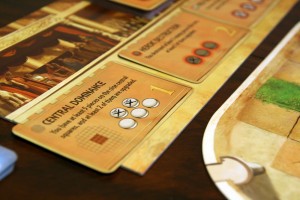
In Tash-Kalar, each player takes on the role of a summoner trying to win fame in the Arena of Legends. Each summoner will represent one of 3 different factions (The Empire, The Highlands, or The Sylvan) and will be summoning their faction’s creatures to compete in the arena. Each turn in this abstract game, players will either be placing tokens on the board or using previously placed tokens to summon creatures (more powerful tokens). If playing the high form of the game, players are also trying to achieve goals on the face up task cards to earn victory points. Once a player reaches the required number of victory points, they win the game.
Components:
In regards to what you get in the box with Tash-Kalar, I’m a bit all over the board (no pun intended). Here is the good first. The game comes with a number of different decks of cards to represent the games three factions and also the legendary monsters, flares, and tasks. The artwork on these cards is fantastic. The detail and illustrations go a long way to bringing home the theme of the game. The game also comes with 2 rule books. One is a double-sided page that has quick access to all the rules of the game. The other is a walkthrough rule book that will not only explain the different game options, but also teach you the game. If you’ve played a Vlaada Chvátil game before, you know his rulebook walkthroughs are both humorous and very helpful in learning the game.
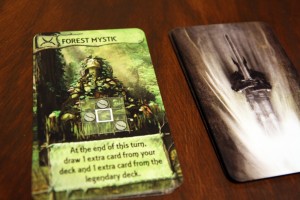
Unfortunately, the rest of the game’s components feel a little lacking in comparison. The game board feels small and somewhat flimsy. I wish they would have upgraded the cardboard stock, especially for the price point you pay for Tash-Kalar. The game also comes with 4 different sets of colorful tokens that are more functional than thematic. While these tokens work well in the game, they don’t really do much to punch the theme home.
How to Play:
There are two main ways to play Tash-Kalar. There is the High Form and Deathmatch. I’ll start by talking about the High Form and then touch briefly on Deathmatch.
To start the game, each player chooses a faction and collects the appropriate deck of cards and tokens. Each player then gains 2 legend cards and 1 flare card. Finally, deal out three “tasks” cards next to the arena board.
To play the game, each player takes a turn in a clockwise manner.
On a players turn they may take 2 actions:
Place 1 Common Piece: You can take one of your common pieces and place it on any empty square on the board.
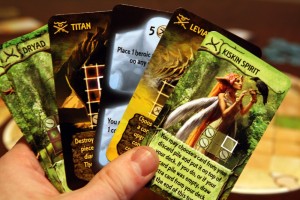
Summon a Being: This is the most complex action. As you place common pieces, you will eventually start forming patterns on the grid of the game board. If your set of tokens matches the pattern on one of your cards, you can summon that being. To summon, show the card from your hand and verify that the pattern matches (it can be rotated, flipped, etc). Each summon card has a white bordered square within the pattern on the card. You then place a piece in that spot on the game board, of a level matching the summon card (usually heroic level). Each card also has a special action that can then be taken. Sometimes this will allow you to move pieces on the board or remove your opponent’s pieces. If you summon a heroic being into a square occupied by your opponent’s piece, you can replace it with your own if it is the same rank or lower. After that, discard the card.
Discard: You can discard one faction summon card to the discard pile. You can then discard one other card.
At the end of your turn, you draw cards so you once again have 3 beings, 2 legends and 1 flare card in your hand. You can then claim exactly one task card if you meet its criteria. If you do, you claim that card into your victory pile and draw a replacement task and place it in the common area.
In addition to summoning standard beings, each player also starts with 2 legendary beings. Summoning these beings work in the same way as your standard faction cards, they are just a lot more powerful and a lot harder to summon.
Finally, each player has one flare card in their hand. These are a form of catch-up mechanic. If a player is outnumbered in either total pieces on the board and/or upgraded pieces on the board, they gain a special ability to use that round. It’s somewhat hard to fall that far behind, so these don’t come into play too often. Playing a flare is a free action.
Turns continue in this manner until someone reaches 9 victory points. That player claims victory and is the winner of the arena.
The Deathmatch game mode is played pretty similar to the high form except that there are no task cards. You score points for destroying your opponent’s pieces and if they invoke a flare card. Of the two, I’ve found High Form to be the much more engaging play mode.
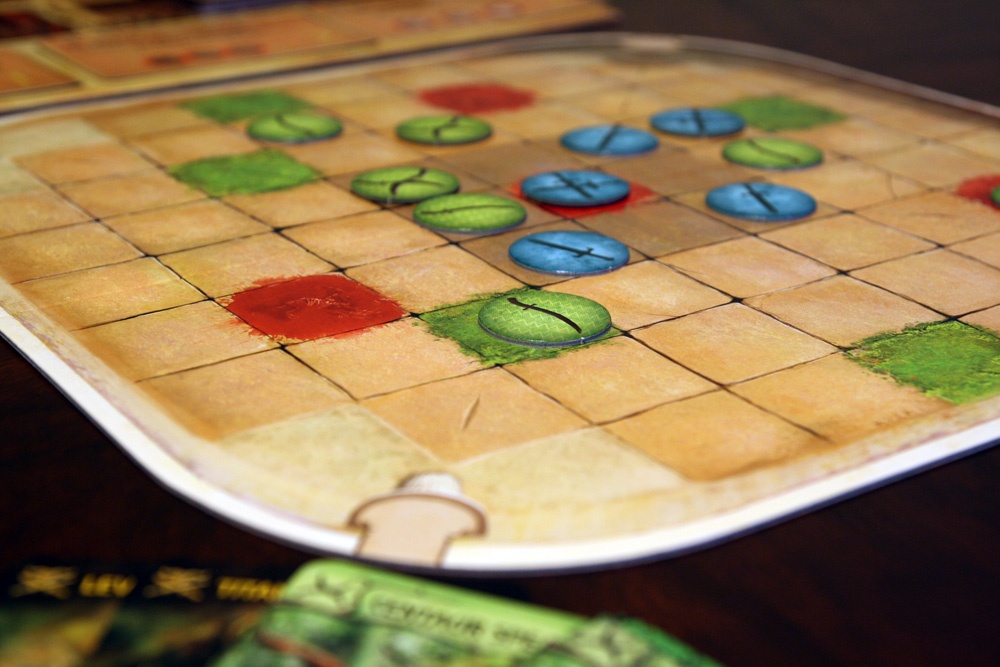
Game Experience:
I should probably preference this with I don’t usually play a ton of abstract strategy games. Occasionally one will catch my eye and I’ll give it a whirl, but usually I’m first drawn to a game with a great theme. That’s also why I figured I’d give Tash-Kalar a try. The theme seemed really interesting and I loved the artwork. And for the most part, I wasn’t let down by Tash-Kalar. While I don’t think this is Vlaada Chvátil’s best game, it’s far from a dud.
I do think calling this an abstract strategy game is probably wrong though. Abstract tactical game seems more appropriate. The reason I say this is it’s very hard to formulate any kind of strategy in Tash-Kalar. The board will change so often, and your opponent has a very easy time of wrecking your plans, that it’s hard to get any kind of strategy going. Tash-Kalar will end up being more of a reactionary game then a strategic one. Now I’m not saying that’s a bad thing, it just wasn’t what I was expecting. I feel like half the time I was able to summon a creature, it was from sheer luck.
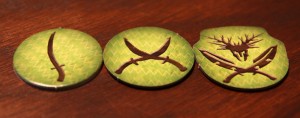
This brings me to one of my gripes about Tash-Kalar. While I really enjoyed the pattern matching and summoning aspect of the game, once you get the being onto the game board, it’s over. You may summon that Griffon Rider, but once she’s on the board, it’s just another token. It’s this part of the game where the theme really breaks down. I may have summoned five beings already to the game board, but when I look down; I only see similar looking tokens. And that’s too bad really. While the theme is great, it completely falls flat at certain times during the game. I almost wish they would have made tokens for each of the beings you can summon with images on theme. Just a little something to keep the theme tied to the game. This was a big miss for me.
Regardless of that complaint, I still had a lot of fun playing Tash-Kalar. I enjoyed trying to get the various summon cards out and each of their special abilities lets you alter the game in very creative ways. The special abilities also tie really well to the card they are based on. For example, the bomb card will destroy every creature around it. That just feels like a bomb. The assassin card will let you destroy a specific piece when summoned. In this regard, Tash-Kalar does a great job staying thematic.
Tash-Kalar is also a very well balanced game. Two of the faction decks are identical, differing only in color. This makes learning the game much easier. You know what you have in your deck and what is in your opponent’s. When you are ready for it, you can mix in the other 2 factions for some more diverse play. That and factoring in how hard it is to summon legendary beings will give Tash-Kalar a lot of life. The ease of play and the different amounts of cards offer a lot of replay value for your gaming dollar. I do wish there was a 5th faction though. It would have been nice if you are playing with 4 players for each player to have a different faction to control.

While Tash-Kalar can support 3-4 players, don’t do it. Tash-Kalar plays best with 2 players, hands down. High Form can only be played as either 2 players or in a team version. But the team version is a convoluted mess of sharing cards, information and other odd rules. Avoid it if you want to enjoy Tash-Kalar. If you think tokens are chaotically moving around the board with 2 players, it gets even worse with 4. It becomes even harder to plan anything ahead of time.
Deathmatch works better if you have more than two, but honestly, you are better off just playing something else if you have that many players. Tash-Kalar can be somewhat prone to “analysis paralysis” as you try and match up patterns in your head, and the down time can be pretty brutal when you get to four players. Despite some of these issues, Tash-Kalar is still a fun game. The rules are really easy to pick up, and once you understand how summing works, you’ve got the game pretty much in hand. The game even includes an intro mode for new players. As a tactical game, an experienced player will also probably have the advantage most games. To help with that, Tash-Kalar does include flare cards as a catchup mechanic. I’m actually a fan of this. Fortunately, the flares aren’t so powerful as to unbalance the game (like the blue shell in Mario Kart); they are more of a boost to help give the player some momentum. It works really well and it shouldn’t upset the player on the receiving end at all.
Final Thoughts:
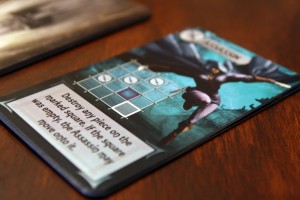
Tash-Kalar is a quirky game that probably won’t appeal to everyone. Fans of Vlaada Chvátil will probably end up checking it out anyway, as his name carries a lot of weight. But even as a Chvátil fan, I can admit that it probably isn’t his best work. Still, it was an interesting experiment by a veteran game designer that can be a lot of fun to play. I think Tash-Kalar has a lot of positive things going for it: easy to learn rules, quick play time, and some unique mechanics. It’s held back by some weak components and areas where the theme completely disappears.
For players looking for a unique abstract strategy game with some stunning fantasy artwork, Tash-Kalar will fit the bill perfectly. It probably won’t make it to my gaming table too often, but when I can see myself reaching for it when I’m in the mood for something different. The rules are easy enough to pick up and players should have no trouble jumping back in after a long absence without too much difficulty.
If you are interested in getting a copy for yourself, it’s about $60
Final Score: 3.5 Stars – A unique, abstract game with some amazing artwork. Tash-Kalar can also feel a bit too abstract for its theme.
 Hits:
Hits:
• Easy to learn rules
• Stunning artwork
• Unique game play
• Quick play time
• Solid replay value
Misses:
• Theme falls apart at times during the game
• Components are fairly weak in some areas
• High luck/randomness makes this more of a tactical than strategic game








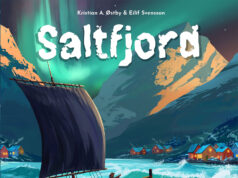
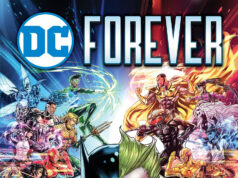












Interesting review. I’d heard about this one, but the designer name attached to it made me wary. I’m not much for abstract games though and I’d probably agree with you that I would want the theme to be stronger.
At least it sounds like it might not suffer from what feels like a problem in other Chvátil games where if you mess something up early in the game, you’re completely hamstrung for the rest of the game and highly unlikely to win.
Thanks for writing this review. When I saw videos of this being played, it seemed like a lot of fun and something I could get into but after reading your thoughts, it seems like a “pass” to me.